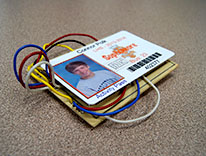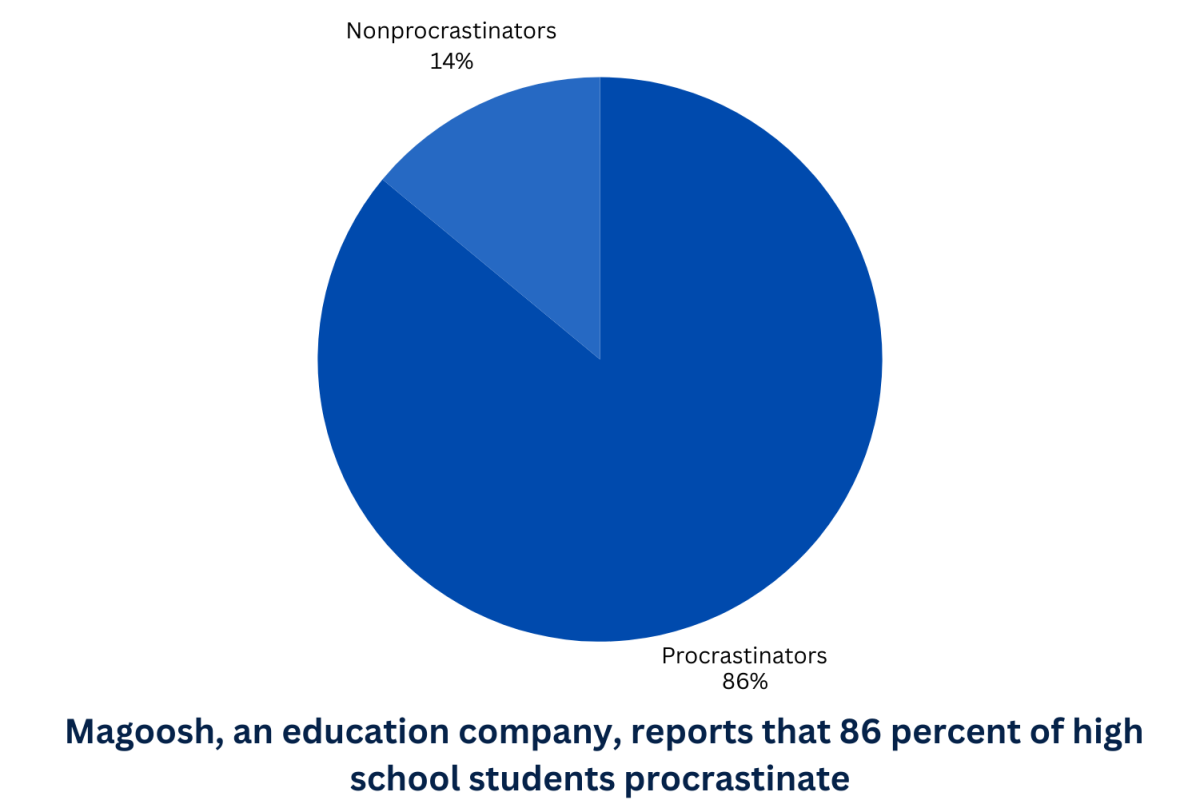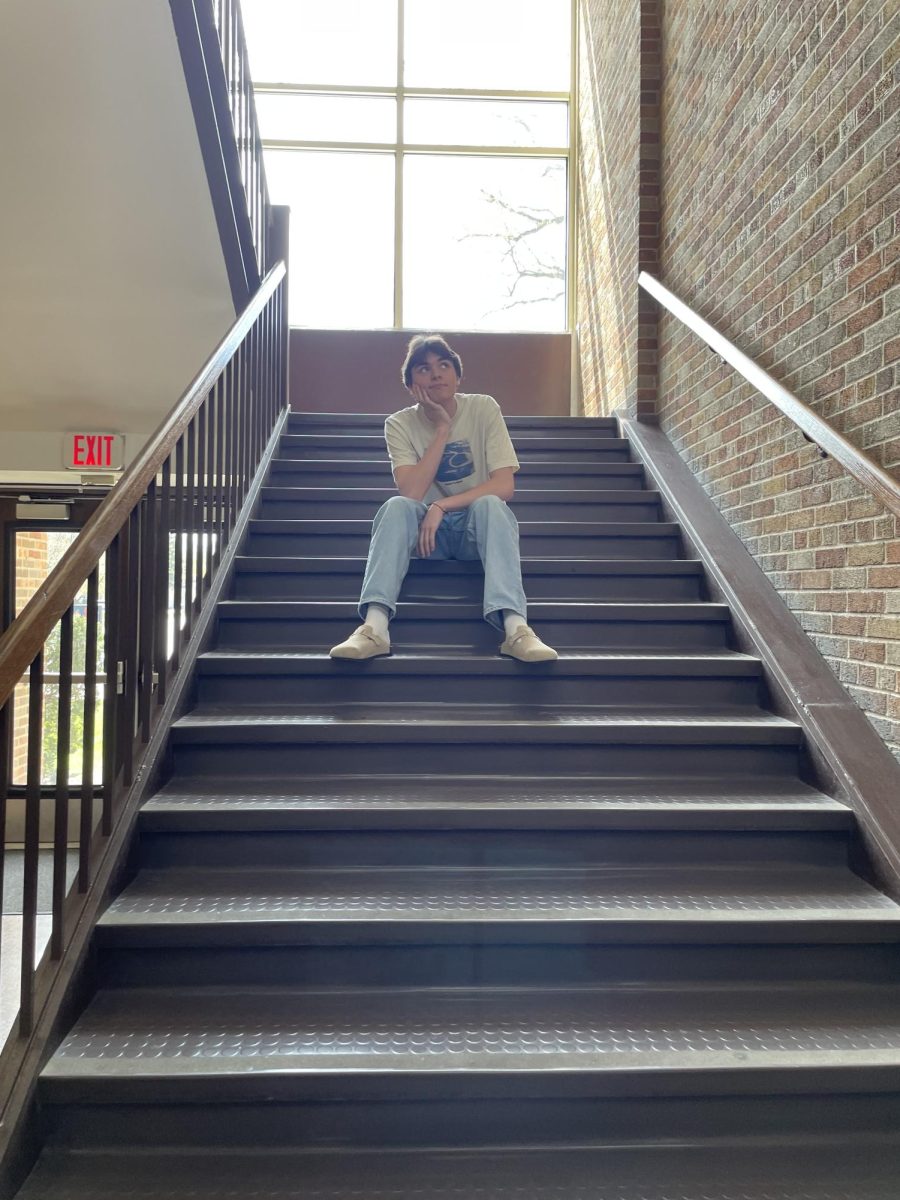
Have you ever wished that you could be under constant supervision by LHS? That those friendly faces you see in all the offices every day of the week could track your every move, having knowledge of nearly every aspect of your life?
Well, before you answer those questions, consider the fact that high schools around the country are considering and, in some cases, administering mandatory ID tracking. Before you dismiss this as ridiculous or impossible, think about how a multitude of Texas campuses have already done this, students as young as preschool age are enduring this in California, and plenty of pilot programs are starting in schools around the country. After hearing about this development, I jumped at the opportunity to volunteer as a subject to endure this life if it were ever to become a reality at LHS.
For those really looking for a further commitment to their high school (don’t worry, you don’t have to date LHS… at least not openly), this is the technology for you. For those who will do anything and everything to distance themselves from this place as much as possible, well, tough.
The device is a radio-frequency identification device, or RFID, and they can be put in anything that’s used daily, from an ID card to clothes to being implanted in your brain (that one is still a work in progress). Specifically, if it were an ID, a lanyard of some sorts, its weight proportional to your athleticism (it makes it harder to run), worn around the neck would be the most likely thing for it to come to. The device emits a radio signal that links to the student’s social security number, address, date of birth, menu preferences at Taco Bell, and mother’s maiden name, providing exact location within the school. This information is then sent to a room only just short NSA headquarters filled with over-payed grunts hunched over computer screens.
Ima Stocker, a spokesperson for this new technology, said, “It’s a really great way to connect with the students as well as keep them on track during school. Once you figure out who a person talks to, what they eat, what hallways they take, what bathrooms they go to, or what way they take to school, you really feel like that relationship has been taken to a new level.”
While this constant supervision can be a little unnerving, it’s really all about the perspective you take. Mr. Al Waiswaching, a major proponent of this technology, said, “It’s kind of like spending time with a friend, except that friend doesn’t know you’re spending time with them, and you’re not really friends.”
From a subjective point of view, while it may be daunting to know that you have Big Brother breathing down your neck every waking second of the day, it’s kind of nice to know someone’s always there. From those quiet, slightly less-than-discreet whispers I hear when I’m alone, to the constant pair of eyes darting around corners when I turn my head, it’s like I always have someone by my side.
Honestly, besides the constant emotional distress and invasion of privacy, I don’t feel much of a downside. I could always just go to a school counselor if it became a real problem, but I don’t even think I would have to say anything, I mean, what do they not know by now?
Let’s lay it all out here: it’s a potential way to use both huge amounts of money and employee time to simply ensure a student’s location and to determine whether or not they are truant when not in class or if they are not up to no good. Obviously, these are just the advertised uses (I mean, there’s no real reason to talk about how they can track behaviors, friend groups, tendencies to wander, or even bathroom usage).
For me, besides the fact that I didn’t realize there was no way to opt out after agreeing to this, I have found this to be a pretty enriching experience. The fact alone that a school is already willing to spend mass amounts of funding and employee time in order to do what an abundance of surveillance cameras and security guards already do is pretty inspiring.








